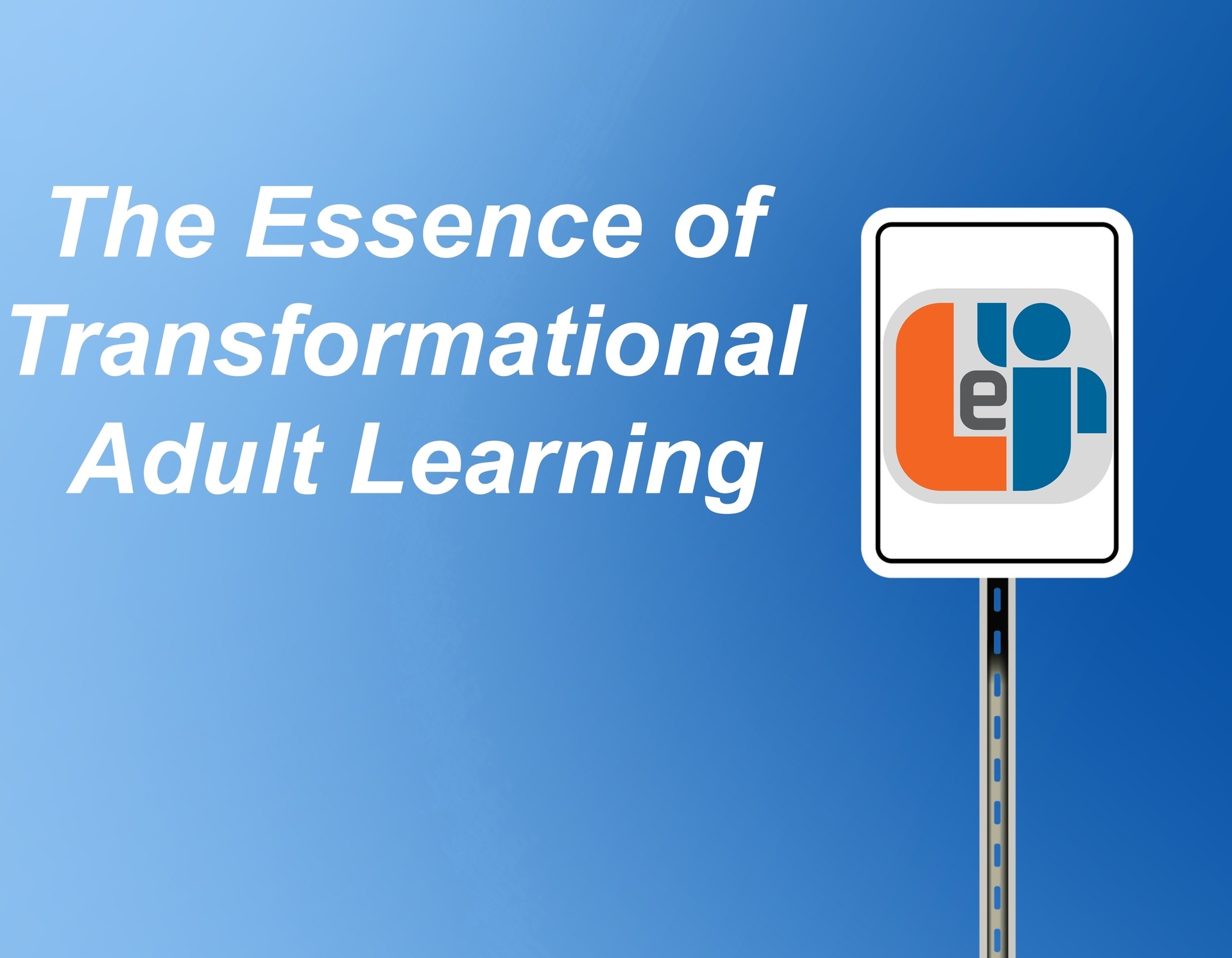Good And The 5 P-Promise
Good is not a lame term. It is a position that reflects humility, as it recognizes that there is always the opportunity to do more, to improve. It also reflects balance, as it accepts the reality that it is impossible to be the best or greatest at everything, all the time. The 5 P-promise model defines the 5 key priority areas that may often conflict with each other in the critical and important decisions that leaders have to take each and every day. It guides leaders to gain a holistic perspective, assess how well their organization is seen to be doing (by using credible feedback mechanisms), and develop action plans to create a better balance for their organization in being seen as a good company.
At any point in time, each organization is being seen (and being judged) through multiple windows, by multiple interest groups. Is it possible to be seen by all as good, all the time? Your immediate answer is "probably not." However, leaders of organizations that have consciously committed to the 5 P-promise and to working consistently and systematically toward it, will answer, "on balance, yes."
More so than ever before, the performance, conduct, and behavior of organizations are visible and being commented on openly in the media, on social media, and other platforms. The perspectives presented can have far-reaching ramifications for the organization in terms of the perceptions and actions of the various groups of people who are important to any organization. Investors want to invest in good organizations. Most people want to work for good organizations. The public wants to support and make use of the products and services of good organizations. Public interest groups will acknowledge what they see as good conduct and lambaste what they see as poor conduct. Governments want their constituent organizations to be good ones.
The 5 P-promise is a simple model to remind leaders to be continually aware of the 5 "windows" through which their organizations and, indeed, their own performance are viewed and judged. Importantly, with the right feedback mechanisms, they can involve all of their employees and other interest groups in assisting them to maintain a balanced approach to how well their organization and their leadership are seen to be in balancing and delivering against the 5 key dimensions of organizational responsibility and accountability. These 5 Ps are:
- Profit
- People
- Public
- Promotion
- Planet
Committing to and being prepared to be held accountable for the 5 P-promise is not only the right thing to do; it makes commercial sense too (the perspectives and actions of the interest groups previously mentioned all have leverage in this regard and examples abound). Leaders have to make many tough decisions each day and most of them will involve one of the 5 Ps and will inevitably involve a trade-off against one or more of the other 5 Ps. Simply raising awareness of this can help leaders to take a more balanced approach to their decision-making and the trade-offs that they will inevitably have to make.
A Brief Overview Of The 5 Ps Will Ensue
1. Profit
The primary aim of most companies is to optimize the profit that they make. In fact, even in not-for-profit organizations, the primary aim should be to use their funding to most profitably add value to their beneficiaries. Financial motives often overshadow the other 4 Ps when it comes to leadership decision-making and this can be short-sighted.
2. People
Most leaders agree that the success of their organizations depends on their people. However, how much are they perceived to really care about their people? This is most notable when times are tough or things go wrong. During these times, leaders often make decisions because of real or perceived financial constraints and a need to protect the bottom line or limit financial stress. This can have a long-term effect on employee morale and the image of the organization, as one that cares for its people.
Leaders may rate their performance in this area in terms of how well their organization ranks against competitors in terms of remuneration, rewards, and fringe benefits. However, there is plenty of research around what employees really want, if one really listens to them. Leaders who ask the right questions, really listen, and take real action on what employees really want are the ones that are seen to be caring and have caring organizations.
3. Public
Is the organization seen as a good corporate citizen? This relates not only to community building activities but also to activities that ensure that organizations live up to their product and/or service promise in terms of value add, efficacy, and safety.
4. Promotion
Is the image that the company promotes for itself and its products/services an honest one? Do they live up to this image, especially when times are tough and/or things go wrong?
5. Planet
Does the company do all in its power to look after the best interests of our planet? Is the company environmentally conscious when it comes to things like emissions, waste, recycling, pollution, etc?
Call To Action
Leaders, develop a systematic, well-understood approach to balancing your decision-making as it pertains to the 5 Ps. Have a means of continually monitoring how your employees and other relevant stakeholders really feel about your performance in balancing the 5 Ps as well as how they suggest you may improve this performance.
Good organizations are good for everyone and everything.









